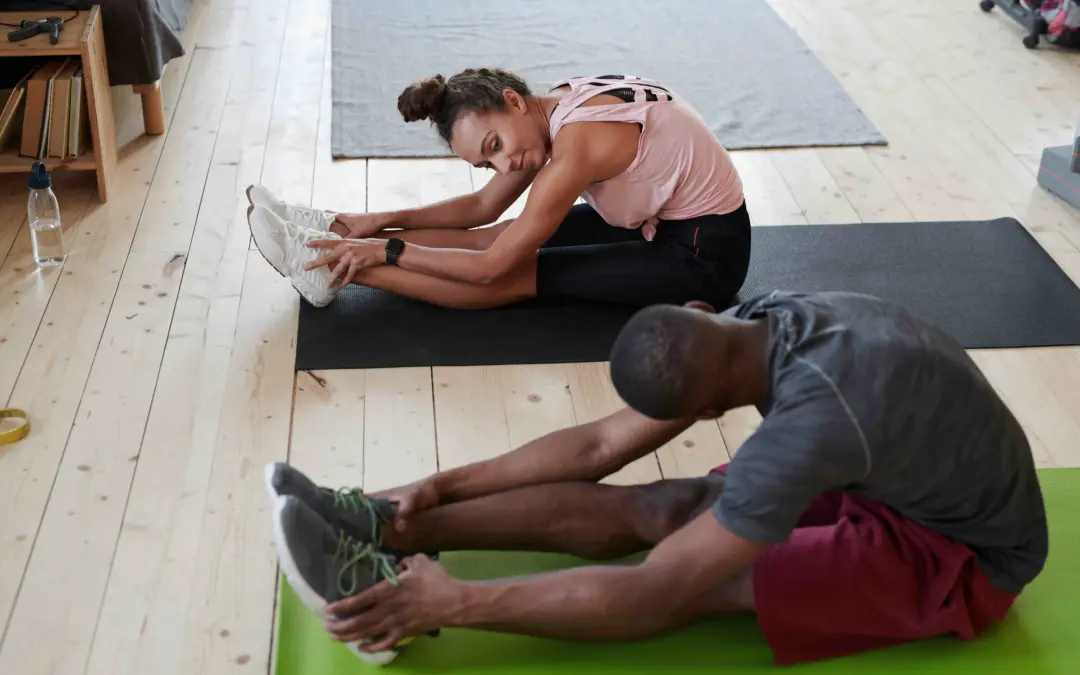
Flexibility and mobility are terms often used interchangeably, but they are not the same. Understanding their differences can help you train more effectively and move better in daily life and sports.
- Flexibility refers to the ability of a muscle to stretch passively. It’s about how far a muscle can lengthen without resistance. Think of stretching your hamstring to touch your toes.
- Mobility, on the other hand, refers to the ability of a joint to move actively through its full range of motion, involving both flexibility and strength. For example, performing a deep squat requires hip mobility, not just flexibility.
Why Both Matter: While flexibility allows for the potential range of motion, mobility ensures you can use that range effectively in real-life movements. Without mobility, flexibility is less functional.
Key Terms:
- Flexibility: The passive range of motion of a muscle.
- Mobility: The active, controlled range of motion at a joint, integrating flexibility and strength.
Real-Life Example: A gymnast might have great flexibility, able to perform the splits. But if they lack hip mobility, they may struggle to perform a powerful leap or dynamic movement effectively.
Practical Applications:
- Combine flexibility and mobility exercises. Stretch your muscles (flexibility), but also strengthen them through their full range of motion (mobility).
- Use dynamic stretches, like leg swings or arm circles, to improve mobility for activities requiring a wide range of movement.
Test Your Comprehension:
- What is the main difference between flexibility and mobility?
- Why is mobility more functional than flexibility in sports and daily life?
- How can a lack of mobility impact movement efficiency?
Scientific References:
- Neumann, D.A. (2016). “Kinesiology of the Musculoskeletal System.”



